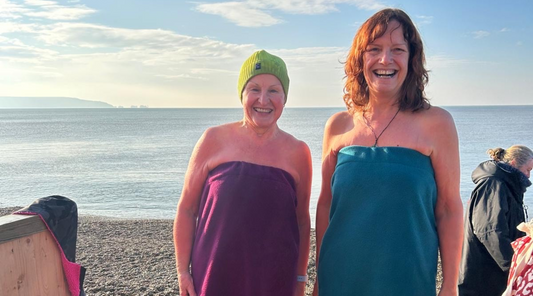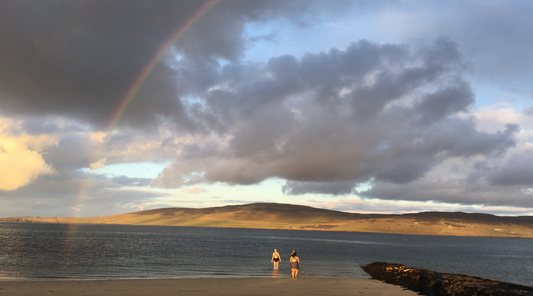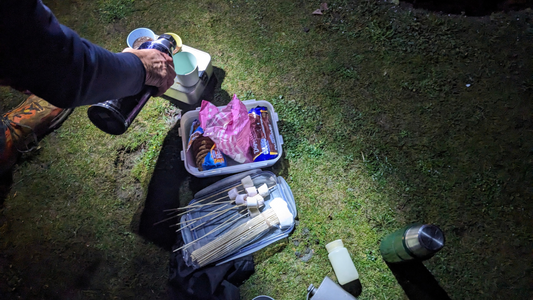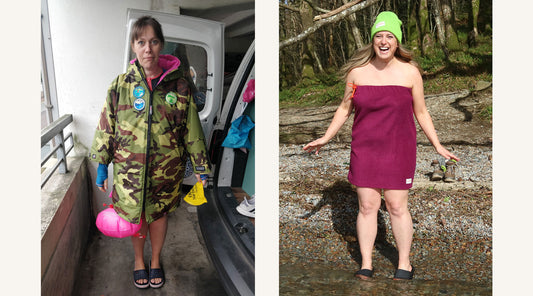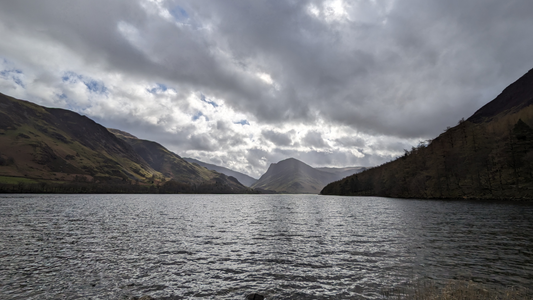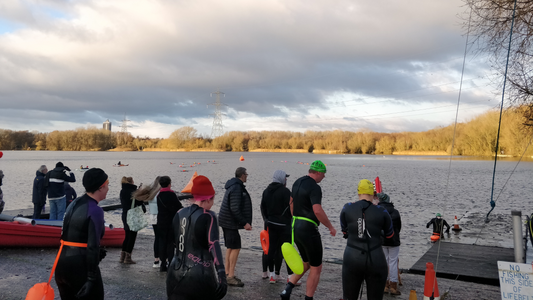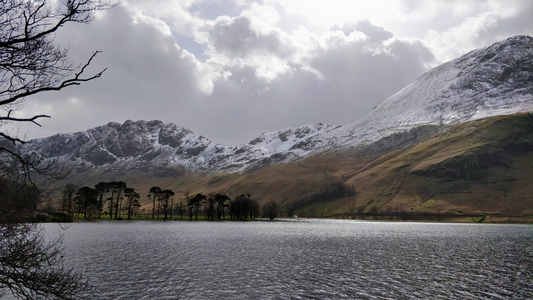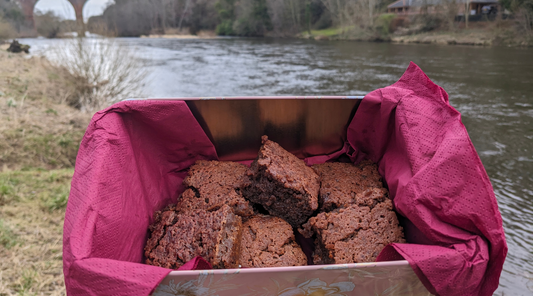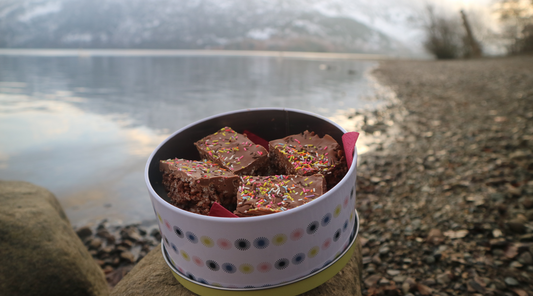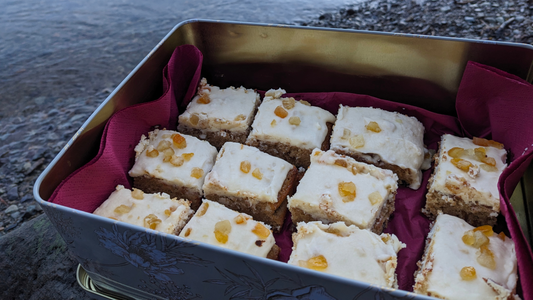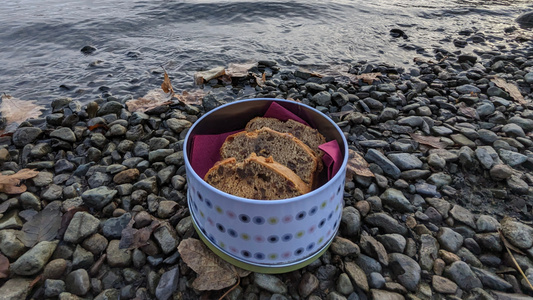Hypothermia (n.)
1877, Modern Latin, from hypo- "under" + Greek therme "heat" (from PIE root *gwher- "to heat, warm") + abstract noun ending -ia.
Hypothermia is something that can happen all year round and can happen to the most experienced of open water swimmers. The trick is, and what this blog post will try to explain, is that if you can read the signs and respect the environmental conditions you are swimming in, you can get in the water and enjoy your swim safely. But first, let's look at how your body can generate and maintain its core temperature.
How does the body generate heat?
Shivering is the classic sign that you are cold. It is your body’s way of generating heat. It is an uncontrollable bodily reaction which is there to protect you and keep your core temperature at 37 degrees. It helps to maintain your body at this temperature, to protect your organs and to keep you working normally. When your temperature drops, your muscles will relax and contract rapidly to generate heat.
Other ways that the body can control its temperature are:- Vasodilation - this is the dilation of blood vessels. It increases the blood flow to periphery systems like the skin thereby expelling heat which will have the effect of cooling.
- Vasoconstriction - Your blood vessels constrict and decrease the blood flow to your periphery systems. A reduction of flow to the extremities enables the concentration of blood flow to keep the central core temperature up
- Sweating - sweat on the skin evaporates which cools the body.
- Shivering - This can increase surface heat production by 500%, but this is only a temporary solution for heat generation as glucose (fuel) levels in the muscles will lower in time and the body will tire.
- Increasing/Decreasing Activity - body movement is a great way to regulate your body's temperature. Move more to get warm. Move less, to stay cool
- Behavioural Responses - wearing the correct clothing for the environment that you are in.
How to keep your body warm during open water swimming
If you have read our previous blog about The Human Seal, you will know that body fat plays a huge part in your ability to withstand cold. Guðlaugur Friðþórsson had body fat that was 3 times thicker than his fellow fisherman. That genetic quirk gave him the advantage to survive a 6-hour swim in freezing temperatures. In Dr Suzanna Søberg book on Winter Swimming, she talked about Brown Fat. Different from white fat, brown fat takes its energy from the glucose in the blood to fuel its heat production. Studies are still being conducted to see the connection between cold exposure and the production of productive brown fat within cold water swimmers. Your body's fat can play a huge part in your ability to withstand the cold and hold off hypothermia.
Another factor is how effective your body is at heat production, be that through movement or shivering.
If your heat retention + heat production is less than the cold challenge that is in front of you, through environmental factors like wind, rain and snow, you will be in danger of hypothermia. Having an appreciation of this equation when planning your swim will aid you in having a safe and pleasurable time.
Swim kit for cold water
A neoprene hat, gloves, socks and wetsuit (if you want to wear one) are excellent ways to keep warm in the water as it is a great insulator. If you wear a wetsuit, it is recommended that it is fitted correctly. With a neoprene wetsuit water will get in, but that layer of water between your skin and neoprene will warm up which adds to the heat retention. However, it won't keep you warm forever. At some point, you will get cold and you will need to get out.

Now let's look at what hypothermia is and how it affects the body.
What does Hypothermia mean?
The history behind the study of hypothermia appears to be a tad diluted, as the meaning of hypothermia has been known to describe many things over time… “a persistent subjective coldness of the hands and feet” or what about “a local feeling of chilliness” and the overarching term for cold intolerance. The term grew in popularity from the late 19th century onwards and was used to describe conditions in relation to diseases like typhoid, cholera, pneumonia, diphtheria and spinal cord injury. So what does hypothermia actually mean and what are the symptoms that we need to look out for to make sure we stay safe and healthy during the swim?
What are hypothermia symptoms?
There are three stages of hypothermia: Mild, Moderate and Severe. It’s important to notice symptoms as soon as possible to help prevent further symptoms from developing, as left unchecked hypothermia does have the potential to kill. This is because the continued lowering of the body temperature means that organs will stop working properly and will lead to failure which will eventually lead to death. This is why prompt action when hypothermia signs are spotted is so important.
Mild Hypothermia
- Shivering - not under voluntary control
- They can walk and talk but they are unable to do anything complex that requires motor function
- The periphery systems (skin, hands, feet) are cold.
Moderate Hypothermia
- The person appears dazed and confused and can’t speak properly
- They can’t get dressed, zip up their coat etc due to restricted blood flow to their hands
- Violent shivering
- Irrational behaviour, for example: taking off clothes as they don’t realise they are cold
Severe Hypothermia
If they are at this point, the ambulance really should be there by now.
- Shivering occurs in waves, violent then pauses. The spates of shivering will slowly decrease. This is because the glucose fuel in the muscles that activate the shivering is running out. The shivering will then stop altogether
- They will find their way into the foetal position as a way to keep heat in
- At this point, the muscles are starting to become rigid. This is because the blood flow is still trying to keep the organs warm, so the blood in the arms, legs and other periphery systems have a build-up of lactic acid and CO2
- Skin is pale due to low blood flow
- Pupils dilate
- The pulse rate decreases further
When does hypothermia set in?
Hypothermia can set in at different times for different people. You need to be aware of the environments that surround you and how you are feeling within yourself. However long you were in the cold water last week, doesn’t mean you can do the same the following week. You could be feeling run down, you might have had too much alcohol the previous night, or some internal worry might be causing stress on your nervous system. If you don’t listen to your internal rhythms and external environment correctly, hypothermia might start sooner than you expect.

Don’t be fooled by the Summer weather either. Hypothermia is not just a winter concern. You can get hypothermia from outdoor swimming in any season. Misconceptions can be rife in Summer when open water swimming. Large bodies of water may be warm at the shoreline, but further in, the temperature can drop. Tire yourself out swimming out to the middle of the water and the cold water exposure could start to take effect and cause hypothermic symptoms by the time you get back to shore. Pace yourself and remember the swim back. Be sensible and take the right kit. The Changing Tube is suitable for all year-round changing with the added benefit of keeping it on post-swim change to give you some added insulation even in the summertime if needed.
Can I acclimatise to cold water to avoid hypothermia?
Even the most experienced cold water swimmers can get hypothermia. It all depends on the physical state of the swimmer and the environmental conditions at the time of the swim. Yes, training through acclimatisation and wearing the correct kit can keep you in the water for longer. But sooner or later, the body will tell you “I am cold. Get out now and warm me up”. Read the signs your body will give you and don’t succumb to peer pressure. You have nothing to prove to anyone. A great starter for 10 to begin acclimatising to cold water is to have cold showers. You will be able to learn how your body responds and practice your breathing which will help you to control the cold water shock.
What is afterdrop?
When you get out of the water, your body is still cooling down. This is because your cardiovascular system has reduced circulation to periphery body systems like the hands and feet. This is so the internal organs keep nice and warm so they can continue to work properly. When you get out of the water, normal circulation resumes, so your body cools down more when the colder blood mixes with the warmer blood. This is afterdrop and why it is important to get dressed quickly and to warm up gradually from the core outwards. This is one of the benefits of the Changing Tube. The fleece material helps to kick start the insulation process as soon as the excess water and swimming costume are off. The Changing Tube won't stop afterdrop completely, as this is dependent on the person, weather conditions and how long they are in the water. But it can certainly help.
How to warm up safely following hypothermia?
Alcohol should be avoided. Despite feeling like it warms you up, it can actually aid hypothermia, as alcohol can dilate the blood vessels further which in turn can make you colder.
The key is to warm up the core but do it in a steady fashion. The Changing Tube is designed to keep the core warm while the rest of your body comes back to normal working temperature. Warming up the body too quickly can lead to you actually cooling down further.
If you or any swimmer around you looks like they are suffering from hypothermia here is what you should do:
- move the person indoors or somewhere sheltered as quickly as possible
- remove any wet clothing, and pat them dry. Wrap them in a blanket, sleeping bag or dry towel, making sure their head is covered
- give them a warm non-alcoholic drink and some sugary food like chocolate if they're fully awake
- keep them awake by talking to them until help arrives
- make sure you or someone else stays with them
There are things you should not do because they will not help and could make things worse.
Do not:
- use a hot bath, hot water bottle or heat lamp to warm them up
- rub their arms, legs, feet or hands
- give them alcohol to drink
To summarise, cold water swimming can safely be enjoyed by all and hypothermia avoided, if you follow these tips:
- Gradually acclimatise yourself to cold water. This will help your body to learn how to deal with cold water shock.
- Listen to your body. When it tells you to get out, but your friends stay in - get out!
- Take a warm non-alcoholic drink and sugary snack to help warm up your core after your swim
- Once out of the water get changed quickly and efficiently with the Changing Tube. Don’t dawdle. Get dry clothes on asap!
- If you or your swimming companions get into trouble, call for help, phone 999. If you need Mountain Rescue dial '999', ask for 'Police' then 'Mountain Rescue'.
Sources:
https://www.princeton.edu/~oa/safety/hypocold.shtml
https://www.ncbi.nlm.nih.gov/pmc/articles/PMC3060344



